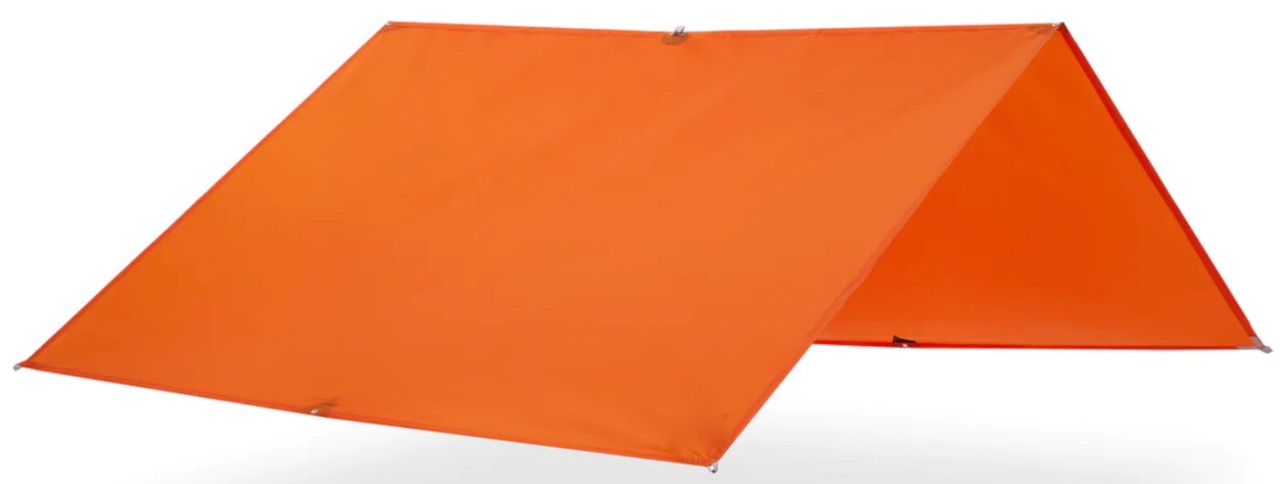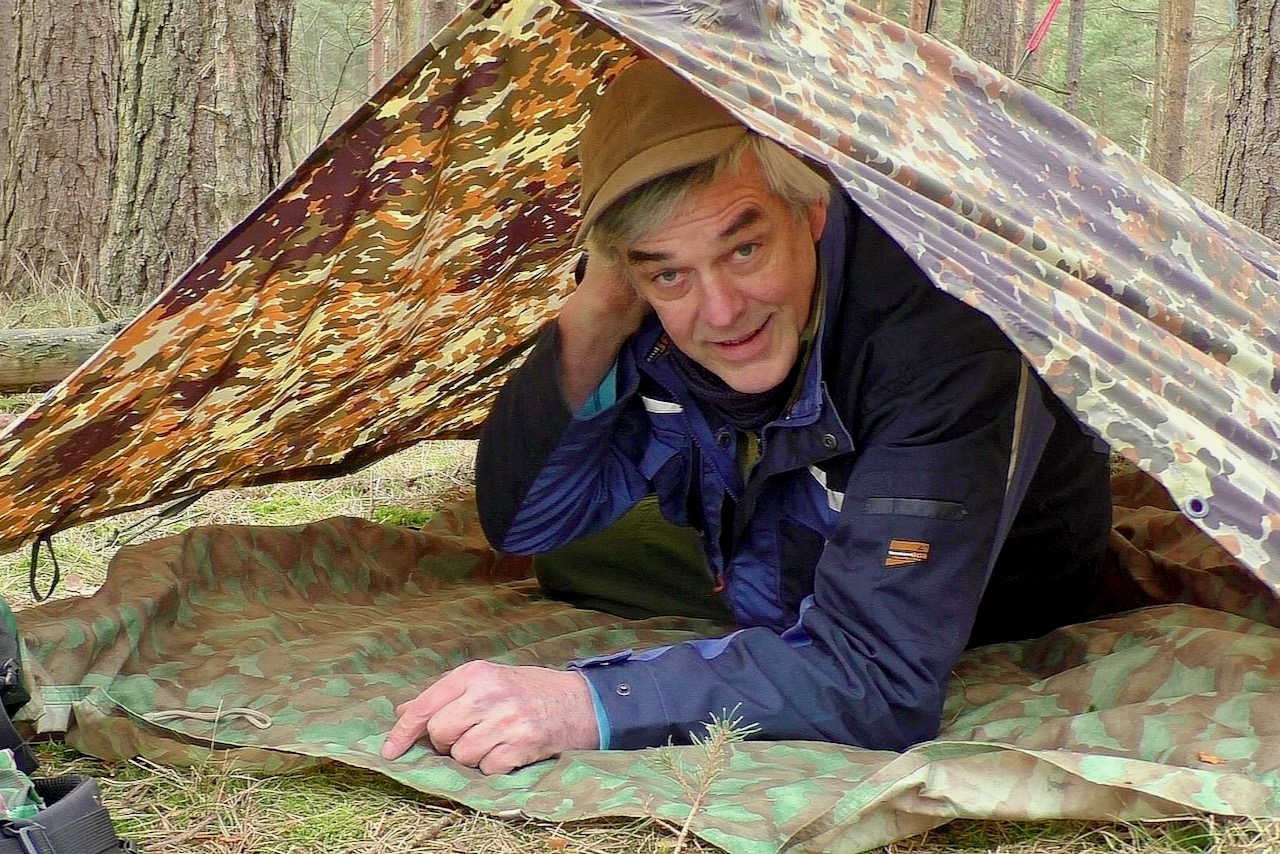GIMME SHELTER
Keep the elements at bay with a well-placed quality tarp
Advertisement

When it comes to providing shelter from the rain, wind, sun and cold, a tarp is an essential piece of outdoor gear—it could even save your life in an emergency. Here’s what to look for in a tarp, along with tips on how best to set it up.
THE BASICS
First, ditch that bulky blue plastic tarp in favour of a modern, lightweight, packable version. Made from synthetic fibres such as polyester and siliconized nylon, today’s camping tarps are strong and lightweight, and they conveniently fold down into a small package—some are no bigger than a one-litre water bottle. Quality tarps are waterproofed using silicon or polyurethane, with typical hydrostatic pressure ratings of 1,000 to 20,000 mm. The higher the number the better—a 20,000 mm rating, for example, means the fabric can withstand the pressure from a 20,000 mm (or 20 metre) column of water.
Advertisement
A seven by 10-foot tarp is adequate for one person, but for a group you need to go up to 20 by 15 feet, or larger. Most tarps are square or rectangular, and work well for most set-ups. For a hasty shelter, I prefer a catenary curve design, which is lighter and more aerodynamic; it also flaps less in the wind. Go with a bright colour, which will attract attention in case of an emergency. If you want to be more discreet, however, go with earth tones or camo. As for durability, the higher the denier rating, the thicker and heavier the fibres will be.

PREPARATION
To create a proper shelter, you’ll need five metres of rope or paracord for a ridge line, six two-metre lengths for guy lines if needed, and six stakes. To make the set up easier, learn or brush up on the bowline, trucker’s hitch, taut-line hitch and Prusik knot (see link below for instructions).
SET-UP
There are many ways to set up a tarp, but I recommend the A-frame, lean-to, diamond fly and pyramid, which are easy to make. For the A-Frame, drape the tarp evenly over a ridge line tied between two trees, then stake down the four corners. If there are no suitable trees, tie the ridge line to paddles, trekking poles or cut branches instead. For the lean-to, attach one edge of the tarp to the ridge line, and stake the opposite edge to the ground.
Advertisement
To erect a diamond fly, secure one tarp corner to a tree or a single guyed pole at chest height, then stake down the other corners for three-sided protection. Finally, make a pyramid shelter by propping up the middle of the tarp with a pole and staking down the four sides.
See these four tarp set-ups and more at www.outdoorcanada.ca/tarps.

